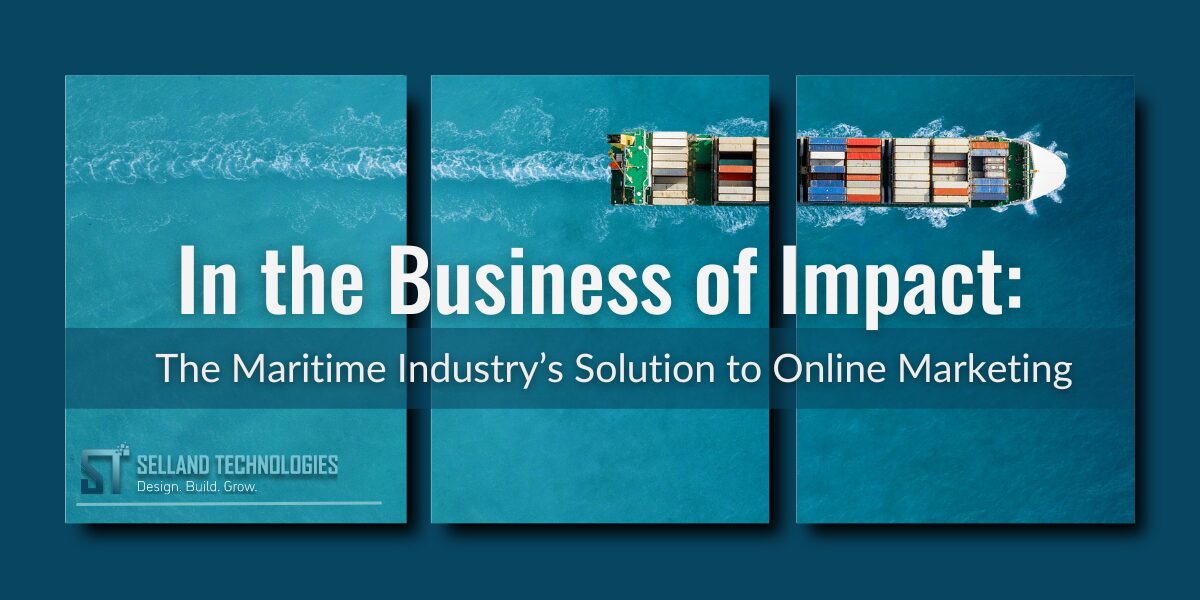Your audience wants answers to their questions fast. It is safe to assume that most of your audience uses Google as their preferred search engine. How often have you heard someone remark, “just Google it.” Consider yourself as a researcher, how often did you scroll to the next page on Google? Maybe once or twice, maybe never.
It comes with no doubt that ranking on the first page of Google gives you the opportunity to increase visitors to your website and reach an enormous audience.
So, how do you rank on the first page of Google to reap these benefits? Read below for 9 best practices to start using today if you want your website to appear on Google’s first page of search results.
1. Reach On-Page SEO Success
Because search engines analyze on-page SEO to understand what your page is truly about and which search terms your website is appropriate for, it is an essential element of your entire SEO strategy. You won’t even start to rank for your target keywords if your on-page SEO is lacking.
Here are some on-page SEO factors to consider:
- Title
- Meta description
- Headings
- Alt-Text
- URL Structure
- Website secure connection
- Page Loading Speed
- Internal Links
- Keyword Density
2. Complete Keyword Research & Start Targeting Long-tail Keywords
The particular words and phrases placed into the search window to discover relevant pages are known as keywords.
To help you rank for those terms and show up higher on Google’s results pages, you should include keywords on all of your website pages, titles, blogs, and even social media postings. You shouldn’t pack a page with a bunch of random phrases. It is also good practice to limit your keyword concentration to 1-3 per post.
Long-tail keywords are more specific, so they receive less search traffic, however, they have a high conversion rate. They enable you to steadily increase site visitors over the long-term.
Here’s an example to show you what we mean:.
- Short-tail Keyword (Head Keyword): SEO
- Long-tail keyword: SEO beginners guide for small businesses
In short, they are more specific, less competitive, and more purposeful. Additionally, they include short-tail keywords. So, we’re hitting two targets with one arrow. You will quickly rank for short-tail keywords once you begin to rank for those long-tail keywords.
3. Create Content That Is Simple to Understand
If you are a little bit aware of SEO, you might only hear about having good content, quality content, and digestible content. You must concentrate on creating new content while also auditing your present content.
Duplicate content is one SEO ranking element to be aware of. For SEO, unique content is always best. If you want to boost the ranking to your landing page and homepage, you must have constant content. Creating quality content helps you build backlinks and increases your chances of ranking higher on Google which increases with the number of high-quality backlinks you have.
After developing this valuable material, publish it to your website’s landing page, blog pages, and social media sites like LinkedIn articles, Facebook brand page, Facebook groups, Quora, or even Reddit.
Google does not crawl the content from info-graphics, but it is still a good idea to publish articles with eye-catching visuals that are excellent for reaching audiences who prefer to browse visual content. It is also important to ensure all your visual content contains alt-text as Google crawls images and ranks sites higher with plenty of alt-text.
4. Build Reliable Backlinks
It’s 2022. Speaking of backlinks, Do the backlinks still matter when it comes to Google rankings in 2022??
Backlinks were found to be significantly connected with better Google ranks in a recent SEMrush analysis. Search engines use backlinks as important recommendations from other websites to determine the trustworthiness and use of your content. Therefore, the more of these “votes” you manage, the higher Google and other search engines will rank your website.
For your website to rank higher and appear on Google’s firstront page, you must develop high-quality backlinks. The best course of action is to engage in a link exchange or guest post on other trusted websites. This can appear in many different content formats such as infographics, WHY posts, and WHAT posts also have a good possibility of getting more links.Another strategy is You can reply to questions on quora to get quality good backlinks.
5. Ensure High User Experience
Considering these practices and Google’s algorithm is important, but don’t forget to focus on your audience as well. It should be easy and clear for your audience to navigate your website and all of its pages. For example, if you have an e-commerce website, you will want to make sure that the purchase process is easy to use. If it takes too many clicks for your user to find and purchase a product from your store, they may abandon it all together
You might be wondering how SEO would be related to this.
- Search engines can more easily understand websites that are simple to navigate. Additionally, when search engines recognize the navigation of your website, they are more likely to show it to qualified end customers looking for your keyword phrases.
- If you concentrate on designing a website journey and customer experience that encourages users to return for more, that will improve the rankings and authority of your website with Google.
6. Optimize Your Website for Mobile
More than half (58.99%) of the global population uses their phone to browse the internet. Google always uses mobile-first to index, and rank websites. The mobile version of your website is examined first for readability, loading speed, user experience, and design. After that, the desktop version is scanned.
Below are some tips to make your website mobile user friendly.
- Make sure it loads quickly
- Always prioritize mobile responsive design
- Use a visible and strong font
- Showcase your CTAs (buttons) in the clearest way possible
- It would be a major missed opportunity and potentially detrimental to your website’s traffic numbers if you ignore the mobile-user, so always make sure you’re thinking of mobile optimization when designing your website.
7. Create a Google My Business Account
Register your business with Google My Business, and it will appear on search results for location-specific queries once the business has been verified by Google.
Customers will be able to post reviews, which will tell Google how well-respected your business is. Google will therefore recommend your company more frequently, which will strengthen the position of your website. You can also create posts, update your customers, and upload videos with Google My Business which makes it even easier for people to do business with you.
8. Build Reliable Backlinks
Speaking of backlinks, do they still matter when it comes to Google rankings in 2022?
Backlinks were found to be significantly connected with better Google ranks in a recent SEMrush analysis. Search engines use backlinks as important recommendations from other websites to determine the trustworthiness and use of your content. Therefore, the more of these “votes” you manage, the higher Google and other search engines will rank your website.
For your website to rank higher and appear on Google’s first page, you must develop high-quality backlinks. The best course of action is to engage in a link exchange or guest post on other trusted websites. This can appear in many different content formats such as info-graphics, WHY posts, and WHAT posts also have a good possibility of getting more links.Another strategy is replying to questions on Quora to get quality backlinks.
9. Regular Check-in
It’s hard to rank websites on Google’s first page. It requires time, experience, and strategy. SEO is a long-term practice for your business and the more of it you do and the longer you do it for, the more results you will see from it.
Continue to check in on your content and website frequently and adjust your SEO strategy as required. It is also important to keep your eye on Google updates and their algorithm changes to stay current with best practices.
How many pages from your website appear on the front page of Google? What actions did you already take to rank them? Which strategies actually worked for your business? We’d love to hear from you! Comment and let us know how you were successful.
Want to start with a professional audit of your website before implementing any of the above mentioned practices? Send us a message to request a FREE site audit from one of our talented SEO specialists.







